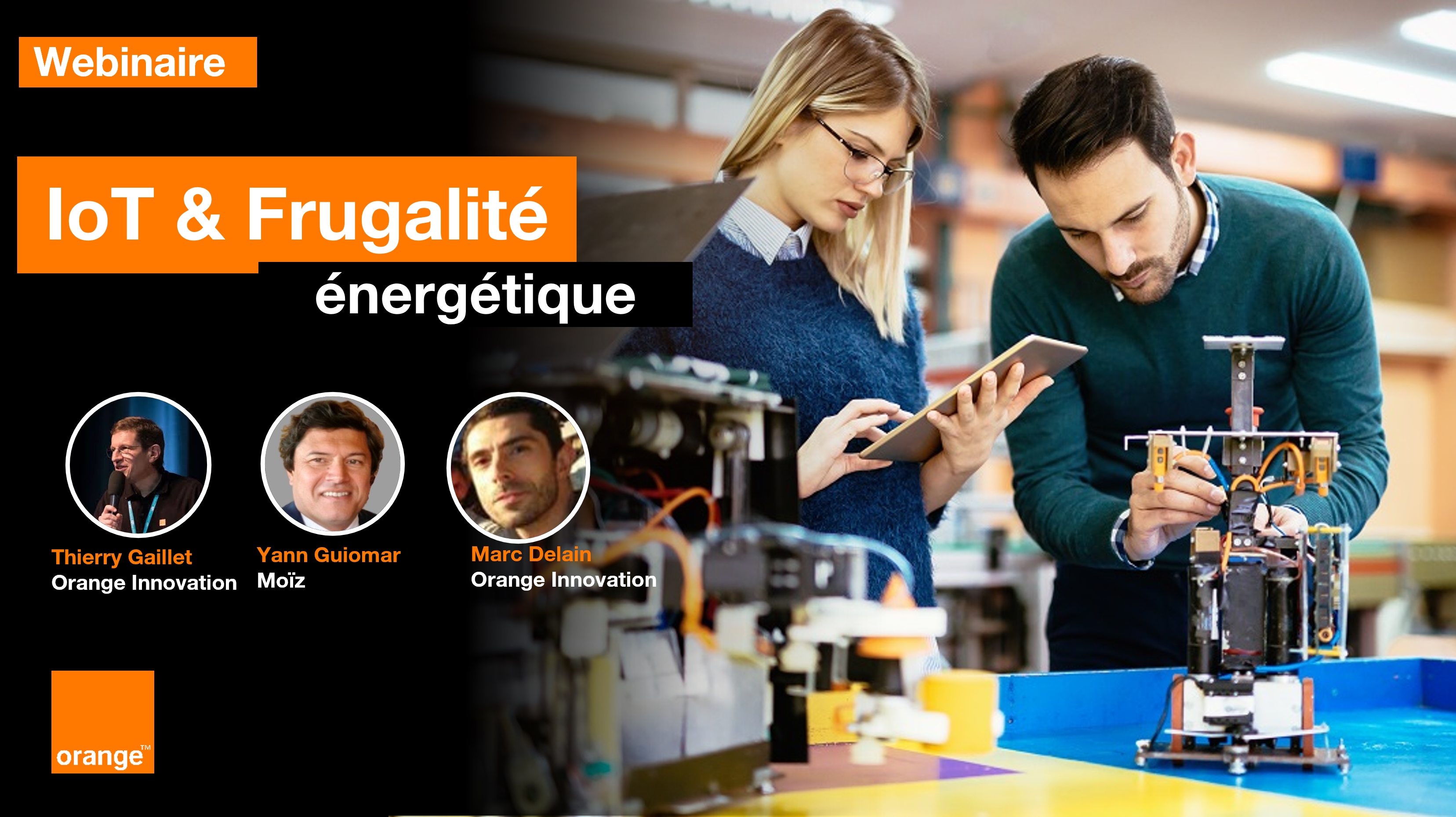Power play: reducing the end-to-end energy impact of IoT systems

IoT devices will be essential tools in our fight to reduce carbon emissions, but their production, operation, and management create their own significant energy footprint. Optimizing the end-to-end energy requirements of connected IoT systems will be vital.
IoT devices continue to proliferate. IDC estimates there will be 56 billion connected IoT devices by the end of 2025[1]. While these devices will often help in the reduction of energy and water usage, their production and operation have their own considerable environmental impact. A study by Transforma Insights estimates that by 2030, the manufacturing of new and emerging IoT technologies could increase global electricity use by 34 terawatt-hours (TWh)[2]. Additional energy is required to install and maintain them, and the amount of energy used in networks to connect them and the cloud to process their data is increasing too.
The energy-consuming components of IoT systems
While the device’s lifecycle, from production to usage to disposal, accounts for a significant part of overall energy consumption of an IoT system, an end-to-end approach is required to get insight into the energy impact of all components of an IoT system. This includes the network and platform along with the device.
The device: IoT devices typically contain at least one sensor, a processor, an antenna and a radio chip. Each component requires some energy to function. Different devices use different amounts of power depending on their hardware, such as the number and type of sensors, actuators or processors. Energy consumption is also determined by the amount and frequency of data IoT devices transmit and whether data communications are unidirectional or bidirectional.
The network: Data generated and transmitted by IoT devices travels through networks that are comprised of equipment such as gateways, routers, and servers. All this equipment needs power. The energy consumption of different networks also varies based on factors including the data transmission protocols used.
The platform: IoT service providers use IoT platforms to manage and derive value from interconnected IoT devices. The platform provides device, connectivity and communication management, data analytics, and integration with business applications – and the ability to build, test and deploy vertical applications. However, IoT platforms also use significant amounts of energy because they constantly collect the data transmitted. Therefore, analyzing and managing large volumes of information requires substantial processing energy, especially when working with real-time data streams.
How Orange is tackling IoT energy challenges
Energy savings through device design and battery management
Considerable progress continues to be made by device manufacturers around designs for smaller, cost-effective, and energy-efficient IoT devices that extend device battery life, reduce material costs, and improve the reliability of IoT devices. In certain IoT devices that operate intermittently, batteries can be replaced by supercapacitors, which store energy electrostatically, enabling fast charging and avoiding on-site battery replacement. As an operator, Orange works closely with device manufacturers to advise them on adopting an eco-design approach that can help their customers meet corporate social responsibility (CSR) targets.
While device design is critical to improving the energy efficiency of devices, monitoring battery health and performance prediction can contribute significantly to extending the life of a battery and also to minimizing field technician travel for onsite maintenance. Recent advancements in machine learning algorithms have demonstrated success in this area. Orange has developed patented software based on machine-learning that accurately predicts and assesses battery consumption. This enables devices to better use processing power and optimize data transmission.
Energy savings through energy harvesting
Energy-harvesting technologies can power IoT devices sustainably and reduce battery dependency. Using energy sources like solar, kinetic, or thermal means IoT devices can operate autonomously, lowering operational costs and enhancing sustainability.
For example, Orange device partner MOÏZ develops autonomous wireless and battery-free data acquisition nodes that are powered by thermal energy harvesting. By converting thermal gradients into electrical energy, MOÏZ’s technology eliminates the need for batteries. This also enables the deployment of sensors in remote or hard-to-reach areas, reducing maintenance costs and environmental impact while facilitating the long-term operation of IoT devices.
Energy savings through device connectivity
LoRaWAN is a network designed for IoT. It is particularly well-suited for IoT applications that require long-range communication with low data rates, such as smart cities, smart agriculture, industrial IoT, and environmental monitoring. While LoRaWAN continues to provide advantages, it does not support use cases that require higher data rates, lower latency, voice support, or international roaming.
However, making the transition from LoRaWAN to LTE-M is a technical undertaking and device manufacturers typically do not have the in-house capabilities to do this alone. Adeunis, a manufacturer of connected devices and wireless solutions for smart buildings and industrial processes, worked with Orange and IoT software expert partner IoTerop to transition successfully to LTE-M by integrating the Lightweight-M2M (LwM2M) standard in their devices.
Adeunis found that the LwM2M protocol was better suited to large-scale IoT sensor deployments than the message queuing telemetry transport (MQTT) protocol it had used previously. According to Adeunis, The energy efficiency of LwM2M in IoT deployments has been significant compared to MQTT, as LwM2M-based transmissions are less resource-intensive and do not require constant data exchange to maintain connections: LwM2M uses CoAP/UDP for transport, while MQTT uses TCP.
The project took two years to complete, and the results were worth the effort: shifting to LTE-M and LwM2M has seen Adeunis reduce energy consumption in its IoT devices three-fold and data traffic five-fold. Further, Adeunis expects LwM2M connectivity to deliver increased device longevity compared to MQTT, which has a device lifespan of 5-15 years.
Device management platforms identify energy savings
Data transmission is one of the most energy-intensive operations for IoT devices, and data spikes from IoT devices can be a significant factor in overall power consumption. When an IoT device experiences a data spike, it typically involves transmitting a larger amount of data in a short burst. This increased data transmission directly impacts energy consumption in two main ways:
· Increased transmission time: The device needs to stay in an active transmission state for longer, consuming more power than during idle periods
· Higher power draw: Transmitting and Receiving (Tx/Rx) events on an IoT device consume the largest amount of power, with current consumption potentially ranging from tens to hundreds of milliamps or higher, depending on the radio frequency (RF) protocol used
To prevent such events, Orange has developed a predictive AI tool that is integrated into the company’s IoT connectivity management platform. The simple-to-use tool monitors and analyzes traffic using machine learning algorithms to detect abnormal patterns in fleets of devices. It can help pre-empt these events, see what’s going on in IoT devices, and allow customers to take corrective action, saving energy and money.
A central issue today and tomorrow
Worldwide electricity consumption is forecast to increase in the next couple of years[3], after a period of relatively consistent use. Energy prices remain high, and the IEA believes data center electricity consumption could double by 2026[4], driven by the demand for extra power from AI and cryptocurrencies. The Internet of Things holds incredible promise, but unchecked energy consumption could limit its benefits.
With billions of devices coming online, prioritizing sustainable innovation and designing smarter energy management at every step of the IoT journey is more important than ever. As a leading operator and integrator, Orange offers customers industrial-grade, shared networks and platforms that optimize energy consumption, allowing partners to concentrate on developing energy-efficient devices and vertical applications.
Recommended for you :
Sustainable economy and IoT
Orange Group uses AI to optimize consumption of its network antennas
Bridge to sustainable tech

